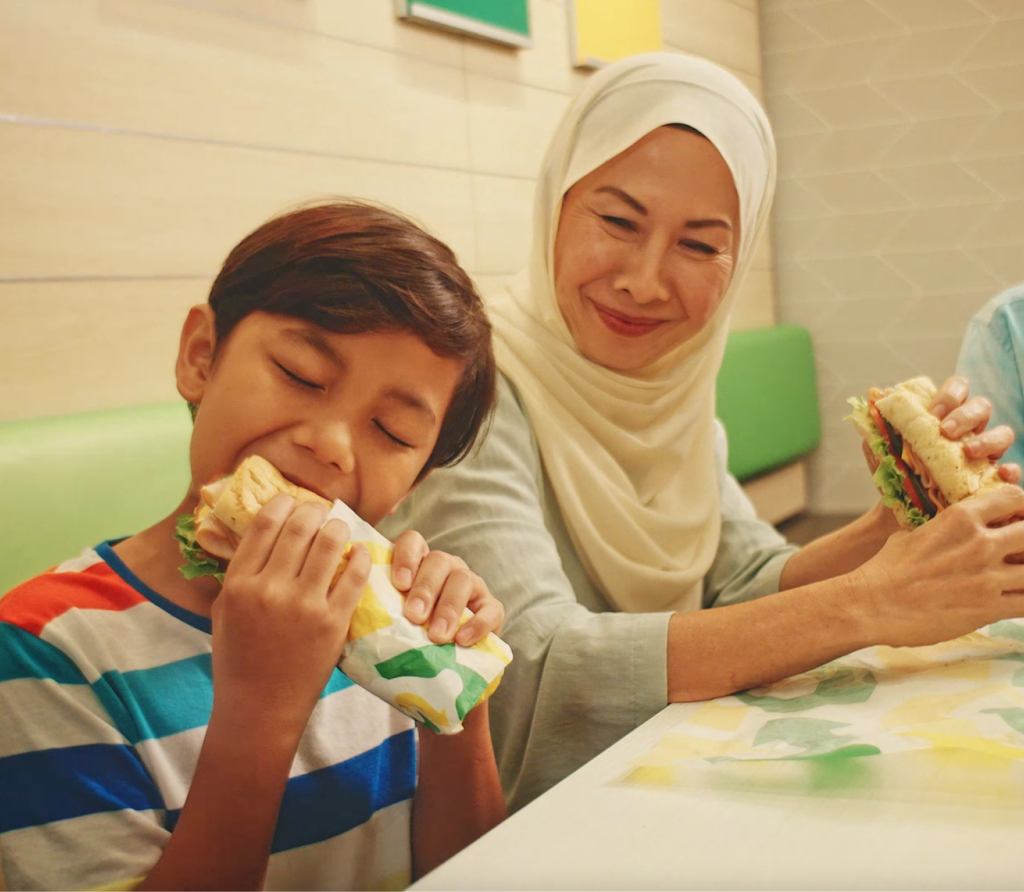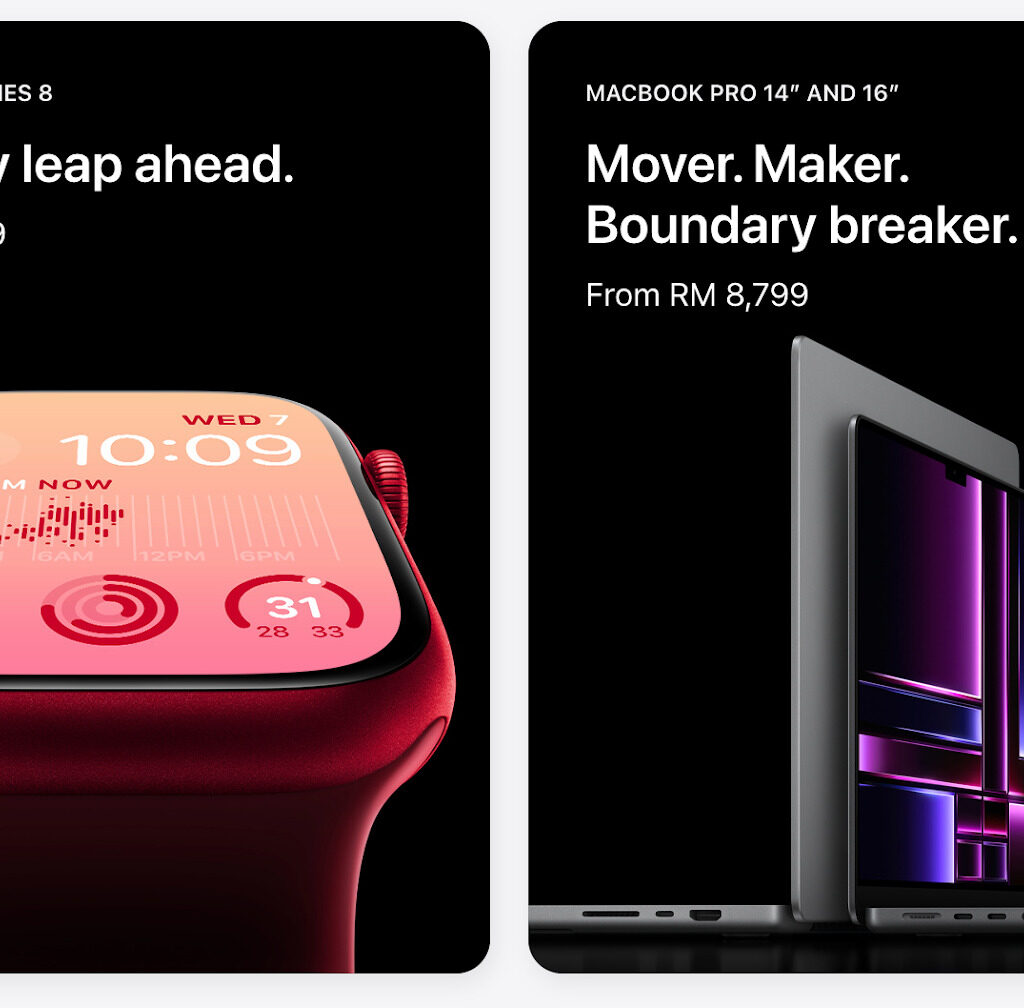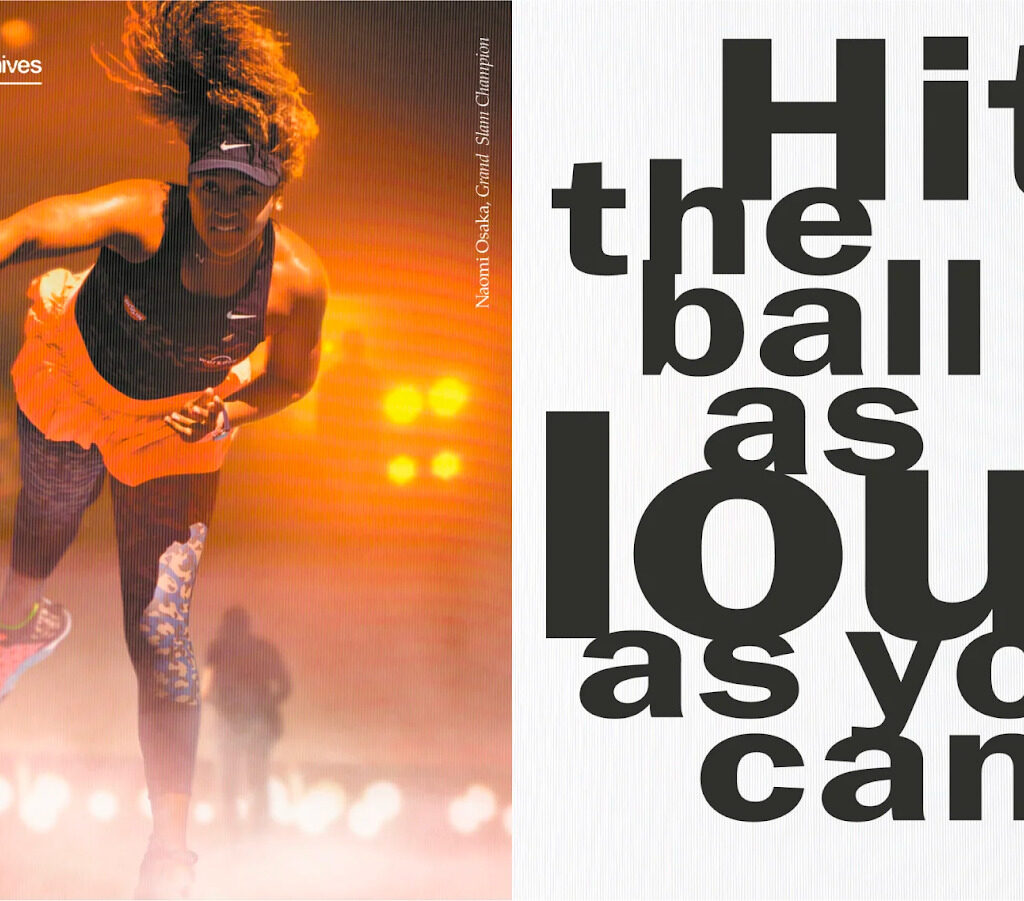Although I’ve always been conscious of my choices and the impact they have on the environment, it wasn’t until recently that sustainability communications became a focus area for me at work. From Coca Cola to H&M – there’s a dozen examples of agencies and brands getting so caught up in the day-to-day, that they end up exaggerating their Environmental, Social and Corporate Governance (ESG) credentials.
Closer home, SHEIN’s donation to textile waste workers in Ghana and Alliance to End Plastic Waste (AEPW)’s failure to complete its flagship clean up project raised questions about authenticity and highlighted the challenges of communicating these messages. Events like this impact a brand’s reputation. In fact, with the rise of ESG awareness, consumers in APAC, including in Singapore are becoming increasingly concerned about the planet. Given their rapid access to brands via social media, they’re unafraid to scrutinise, denounce, or even boycott any undesirable behaviours such as misinformation or inconsistent actions
On the flip side, it’s precisely this behaviour of cancelling or calling out that’s led some companies not to disclose their achievements or milestones on climate. Neither situation has a good outcome – so what should brands do?
Custodians of sustainability messaging
To begin with, it’s important to establish sustainability as an organisation-wide effort, rather than one single department’s responsibility. It requires combined action from product, supply chain, manufacturing, operations, and finance, communications and public relations.
For communication professionals who are already the gatekeepers of a brand’s messaging – it’s time to get intentional with sustainability communications. One of the biggest learnings from my experience with CSR is that sustainability stories aren’t considered “sexy”, especially in an increasingly short news cycle. One climate reporter recently shared that newspapers have been turning down “gloom and doom” climate stories because their readers were tired of negative stories and were struggling with climate anxiety. I know this first-hand, because our team has had to work twice as hard to secure the stories that needed to be told.
Despite this, I’d urge brands never to attempt “spinning a story” for the sake of a few easy headlines. Transparency, accountability and authenticity are key factors when it comes to articulating a brand’s sustainability commitments. Additionally, adding a human element, data-led insights and evidence-based tips goes a long way in landing the right story.
Beyond this, both in-house and agency professionals must be brave enough to evaluate, push back and voice their concerns when messaging doesn’t align with a company’s sustainability claims.
It might not be the default for many agencies but here at Mutant Communications, we believe in flagging these issues ahead of time – and pushing back where necessary – before it leads to larger problems for the brand. For example, we have said no to a room full of senior executives who did not have concrete proof points to back up their sustainability messaging. By putting our foot down and pushing for greater accountability, communications professionals can push for change and even prevent a potential crisis from taking place.
Prevention is better than cure
With full visibility of the brand’s key messaging, the role communications professionals play is akin to holding a mirror to the brand, ensuring authenticity and honesty to stakeholders. Even then, things can go wrong – which is why brands must have a robust crisis communications plan in place.
A good place to start is to have a crisis toolkit, which includes immediate next steps, possible issues that might surface, and specific responses to stakeholders, depending on the issue. This allows brands to not only plan ahead, but also to set the record straight, should they end up embroiled in controversy. Longer term, brands can leverage other communication tools, including their owned pages, paid search and relevant influencers, amongst others to repair and strengthen their reputation.
In a world where consumers can easily find alternatives, building consumer trust is tough and can erode just as quickly when problems arise. Still, it’s more important than ever for businesses in Singapore and beyond to share legitimate efforts and progress – no matter how small – as we approach crucial climate deadlines. As messengers between all stakeholders, it is our responsibility to make stories interesting while relaying them honestly.
Need a PR agency or content creation agency to help you craft a strong sustainability communications strategy? Talk to us at hello@mutant.com.sg.




